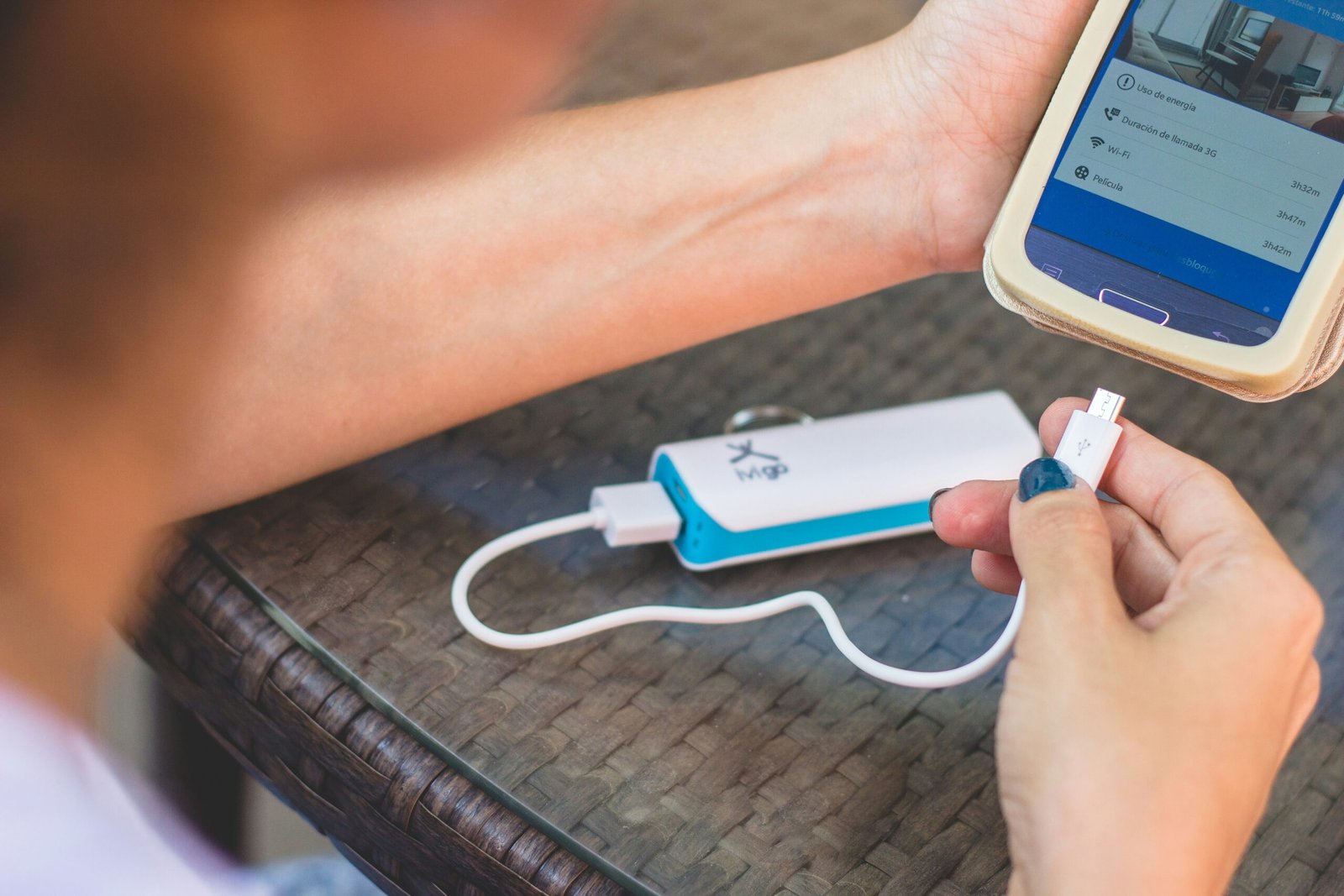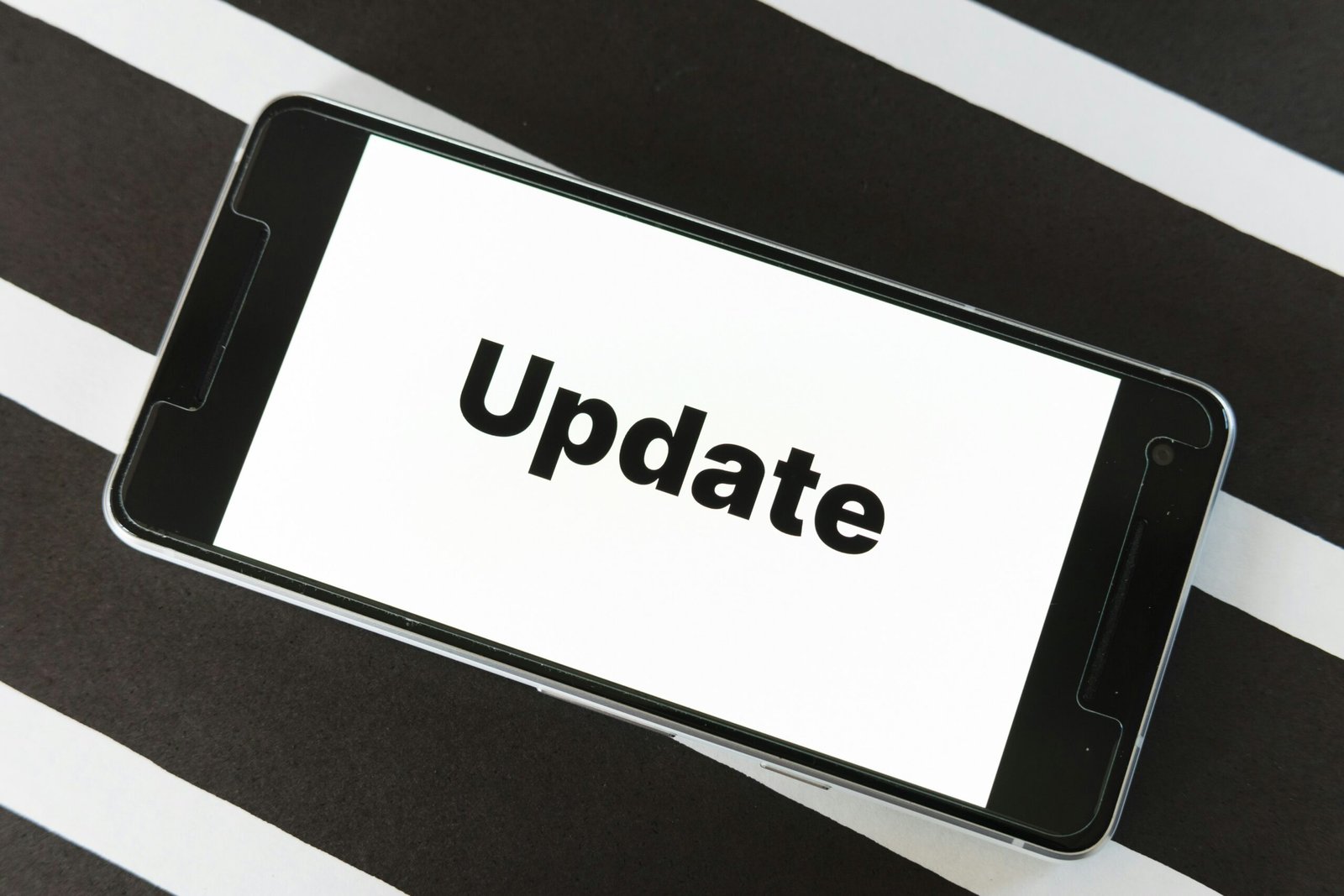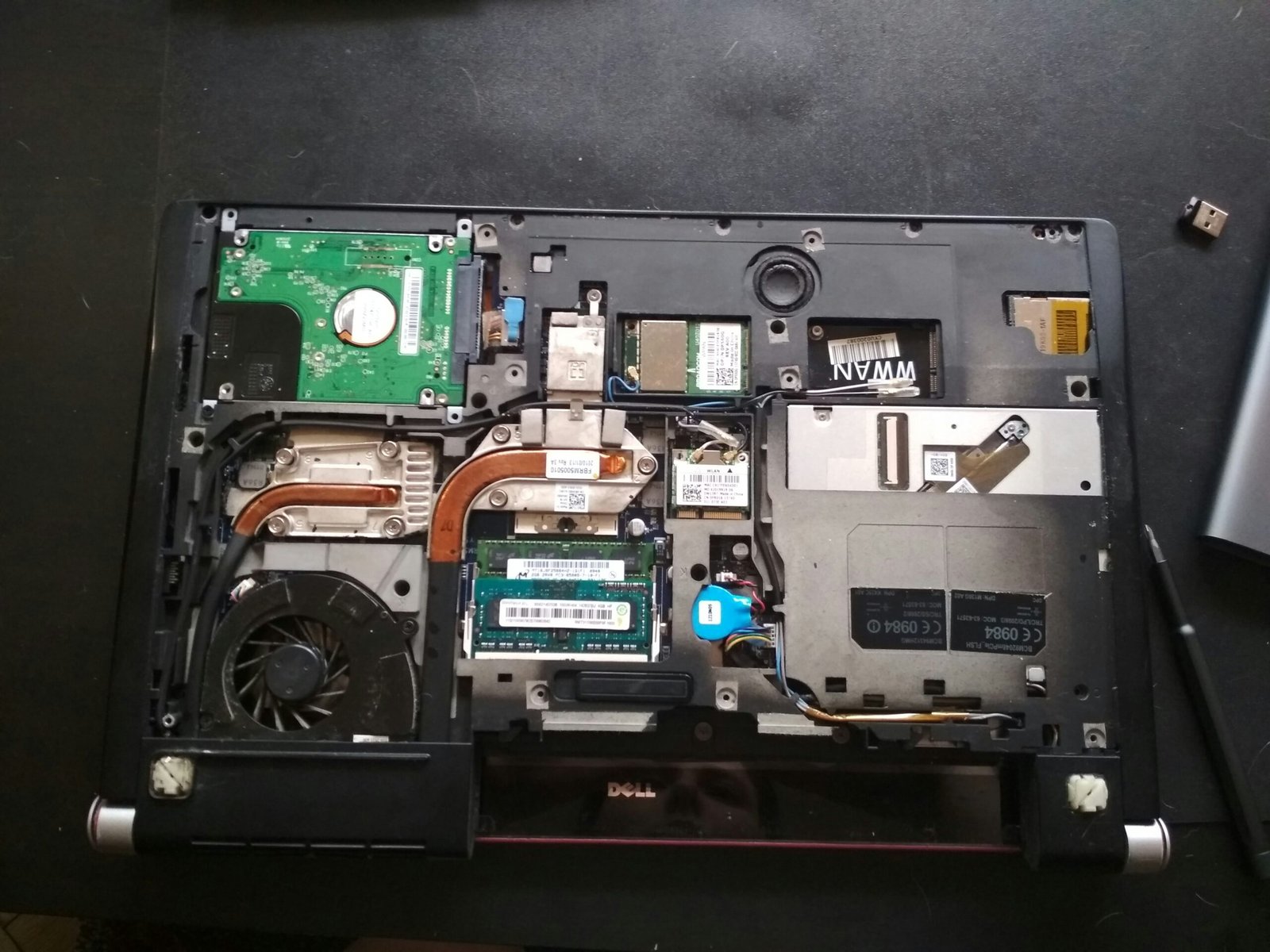
Understanding the Charging Issue
When a phone fails to charge, it can lead to considerable inconvenience for users, especially in a technology-driven world where connectivity is vital. There are several common symptoms associated with a device that won’t recharge. The most immediate indication is often the charging indicator light, which may not respond at all, leaving the user unsure of the device’s status. In some cases, the phone may show a charging symbol intermittently, leading to confusion about whether the issue is with the phone itself or the charger.
Diagnosing the root of the charging problem is critical for effective troubleshooting. It is essential to determine whether the malfunction stems from a hardware issue, such as a faulty charging port or a defective battery, or a software-related issue, such as a glitch or outdated firmware. Users may find that a simple restart can resolve temporary software issues, but persistent problems may require more in-depth inspection of the hardware components.
When addressing a phone that consistently refuses to charge, one should also consider the possibility of external factors that may contribute to the issue. For instance, an incompatible charger or a damaged charging cable can mimic malfunction symptoms, leading one to believe that the fault lies within the phone itself. Therefore, it is advisable to test different chargers and cables to rule out these items as a source of the problem.
Engaging in this diagnostic process can help users identify whether their charging problem is a temporary annoyance or a sign of a deeper issue necessitating professional assistance. Ultimately, understanding the symptoms of a non-charging phone equips users with the knowledge needed to act decisively and effectively to restore functionality.
Checking the Charging Cable and Adapter
One of the primary reasons a phone may not charge is due to issues with the charging cable or adapter. Inspecting these components for visible damage or wear is crucial. A frayed or bent cable can disrupt the flow of electricity, inhibiting charging. Similarly, an adapter that shows signs of overheating, such as discoloration or melting, may not function correctly and should be replaced. Regularly examining these items for physical defects can prevent potential charging issues.
To effectively troubleshoot your charging problems, it is advisable to test your phone with different cables and adapters. This process involves using cables that are compatible with your device, preferably those recommended by the manufacturer, as they are often designed to meet specific charging standards. If your phone begins to charge with an alternative cable, it is likely that the original cable is faulty. Conversely, if multiple cables fail to charge your device, the issue may lie elsewhere, potentially within the phone itself.
Additionally, testing with different adapters can provide further insights into the issue. It is important to ensure that the adapter’s output voltage and current specifications match the requirements of your phone. Using an incompatible adapter can lead to inadequate charging or damage to your device. By alternating between different trustworthy cables and adapters, users can quickly identify whether the charging accessories are the culprits behind the charging problems.
In summary, regularly checking the charging cable and adapter for wear and conducting tests with various alternatives can help you enhance the longevity and reliability of your charging accessories. Addressing these components is often a straightforward initial step towards resolving charging issues efficiently.
Cleaning the Charging Port
One of the most common reasons why a phone may not charge effectively is the presence of dirt, lint, or debris within the charging port. Over time, pocket lint and other particles can accumulate, obstructing the connection between the charging cable and the device. Therefore, keeping the charging port clean is vital for optimal charging performance. Regular maintenance can prevent charging issues and extend the lifespan of your device.
To clean the charging port safely, follow these step-by-step instructions:
- Gather your supplies: You will need a flashlight, a toothpick or a small, non-metallic tool, and a can of compressed air. Additionally, a soft, lint-free cloth may be useful for cleaning the external area.
- Inspect the port: Use the flashlight to inspect the charging port. This will give you a clear view of how much lint or debris is present. If the port looks dirty, it is advisable to proceed with cleaning.
- Using compressed air: Hold the canister of compressed air about an inch away from the charging port. Briefly spray a small burst of air into the port to dislodge any loose debris. Ensure you do not spray too forcefully, as this could cause more damage than good.
- Gently remove debris: Take the toothpick or non-metallic tool and gently scrape the inner surfaces of the charging port. Be cautious during this step to avoid damaging the delicate connectors. Remove any visible lint or dirt without applying excessive pressure.
- Wipe the exterior: Finally, take the lint-free cloth and gently wipe around the exterior of the charging port to remove any remaining particles.
By following these steps, you can ensure the charging port is free from obstructions that may hinder charging efficiency. Regular cleaning will help maintain your device and make certain that your phone charges as required. Remember, a clean charging port is crucial for a seamless charging experience.
Trying a Different Power Source
When faced with a phone that refuses to charge, an often overlooked possibility is the power source itself. It is essential to rule out potential issues originating from the outlet, USB ports, or any power banks being used. To begin troubleshooting, start by testing different wall outlets within your home or office. Sometimes, a specific outlet may not be delivering the required power due to a blown fuse or circuit overload. Simply plugging your charging cable into a different wall socket can often resolve the issue.
Next, consider the USB ports on your computer or other devices. If you typically charge your phone using a computer, the USB ports may not provide sufficient power for charging, especially if the computer is in sleep mode or turned off. To ensure that this isn’t the problem, connect your phone to a different USB port or a different computer. This will help in discerning whether the original power source was deficient in delivering an effective charge.
Additionally, utilizing a power bank can be a useful alternative to check if the issue lies with the charging cable or the device itself. Power banks usually offer a reliable source of energy for charging mobile devices. When testing this option, make sure the power bank is sufficiently charged. If your phone charges successfully using the power bank but not via a wall outlet or USB port, it is likely that those sources may require further examination or repair.
Ultimately, by testing various power sources, you can efficiently identify whether the problem stems from your phone or the external charging method. This process not only aids in diagnosing the issue but also helps prevent unnecessary replacements of cables or chargers.
Restarting Your Phone
One of the simplest yet often overlooked solutions to address charging issues is to restart your phone. Minor software glitches can interfere with the charging process, and a quick reboot can often resolve these temporary issues. Restarting your device clears the temporary cache and refreshes the operating system, which can restore normal functionality and allow your phone to charge effectively.
If you are using an iOS device, such as an iPhone, restarting is straightforward. Begin by pressing and holding the side button along with the volume button until you see the “slide to power off” slider appear on the screen. Drag the slider to the right to turn off your device. Once it is off, wait a few seconds, then press and hold the side button again until the Apple logo appears, indicating that the phone is rebooting.
For Android devices, the restart process may vary slightly depending on the brand. Generally, you can initiate a restart by pressing and holding the power button until the power menu appears. From here, select the “Restart” or “Reboot” option. If that option is not available, you can select “Power Off,” wait for the device to turn off completely, and then press and hold the power button again until it powers back on.
Regardless of the operating system, performing a restart can significantly impact your phone’s ability to charge correctly. It is a quick and easy solution that can often save time and prevent frustration, especially if the issue arises unexpectedly. By taking this simple step, users can eliminate the possibility that a minor software glitch is the root cause of their charging problem.
Checking for Software Updates
Keeping your phone’s software up to date is an essential aspect of maintaining its overall functionality and performance. Software updates often include bug fixes, security enhancements, and improved compatibility with charging accessories, all of which can directly impact your phone’s ability to charge effectively. Outdated software may lead to various issues, including slower charging times or, in some cases, complete failure to recognize a charger. Therefore, it is crucial to regularly check for and install any available updates to ensure optimal performance.
To check for software updates on your device, start by accessing the settings menu. The path may vary slightly depending on your phone’s operating system. For Android devices, scroll down and select “System” or “About Phone,” and then tap on “Software Updates.” For iOS users, go to “Settings,” select “General,” and then tap on “Software Update.” Here, your device will automatically search for any available updates. If an update is available, you will see a notification prompting you to download and install it. Ensure that your phone is charged above a certain percentage, or plugged into a power source during this process to avoid any interruptions.
Once the update is downloaded, it will typically install itself during the next restart or prompt you for confirmation. It is important to keep your device connected to a stable Wi-Fi network during this process to avoid data costs or interruptions. Regularly updating your phone not only helps resolve charging issues but also enhances your device’s security and introduces new features, ensuring you get the most out of your technology. Making it a habit to check for updates periodically can save you from potential headaches in the future.
Identifying Battery Issues
The battery is a critical component of any mobile device, and its condition can significantly influence charging capability. One of the first signs that a battery may be malfunctioning is overheating during use or while charging. If the device feels excessively warm to the touch, it could indicate an underlying battery issue. Overheating can sometimes lead to a reduced charging efficiency or even complete failure to charge. Additionally, users should be aware of any unusual swelling in the battery compartment. A swollen battery can be hazardous, posing risks of leakage or even explosion. Therefore, if you notice any physical irregularities, it is crucial to address the problem immediately.
Another sign of possible battery problems is inconsistent charging behavior. If your device charges intermittently or fails to hold a charge for a reasonable amount of time, these symptoms may suggest battery deterioration. To accurately diagnose battery health, you can utilize built-in diagnostic tools provided by the device’s operating system or third-party applications specifically designed for battery assessment. These tools can display metrics such as charge cycles, battery wear level, and current capacity compared to its original specifications.
Should these indicators suggest substantial battery health degradation, it may be time to consider replacement. Manufacturers typically offer replacement services, or you can opt for DIY methods if you are comfortable handling electronics. However, professional assistance is often recommended to ensure safety and proper installation. Regularly monitoring your battery’s performance can help prolong its lifespan and enhance overall device efficiency. Taking early action in response to signs of deterioration can prevent more severe issues and maintain the functionality of your device.
Seeking Professional Help
When faced with persistent charging issues, such as a phone that won’t charge, it may be time to consider consulting a professional technician. Recognizing when to seek expert help can save time, prevent further damage, and ultimately lead to a more efficient resolution. While troubleshooting your device can initially seem manageable, certain problems may require specialized knowledge and tools that only trained professionals possess.
There are several indicators that it is prudent to seek professional assistance. For instance, if your phone continuously fails to charge even after trying different cables, adapters, and power sources, this may suggest more complex hardware issues. Additionally, signs such as overheating during charging, physical damage to the charging port, or unusual software behavior are clear signals that professional diagnostics are necessary. In such circumstances, a technician can perform an in-depth analysis of the device and identify underlying issues, such as battery deterioration, faulty charging components, or even software malfunctions affecting charging performance.
When preparing to consult a technician, it is beneficial to organize relevant information to ensure an efficient service. Be ready to provide details such as the make and model of your phone, a description of the charging issue, any recent incidents that may have led to the problem (such as water damage or drops), and any troubleshooting steps you have already undertaken. This information will aid the technician in diagnosing the issue more quickly and accurately.
In summary, professional help is a valuable resource when dealing with complicated charging problems. By bringing your device to an expert, you not only increase the chances of a successful repair but also safeguard the health of your phone in the long run. Taking this step can lead to a clearer understanding of the issue and a more effective resolution—allowing you to enjoy a fully functional device once again.
Preventive Measures for Future Charging Issues
Ensuring your mobile device charges efficiently is essential for daily functionality. To mitigate future charging problems, it is prudent to adopt several preventative measures that can significantly enhance the longevity of both your device and its accessory components.
First and foremost, investing in quality charging accessories cannot be overstated. Always opt for original equipment manufacturer (OEM) chargers and cables, as these are specifically designed for your device. Third-party products can vary in quality and compatibility, potentially leading to overheating or inefficient charging cycles. By using certified charging equipment, you can minimize the risk of damage and ensure optimal charging performance.
Another important aspect involves the regular cleaning of the charging port. Dust, lint, and debris can accumulate over time, obstructing the connection between the charger and the device. Using a soft brush or compressed air, gently clean the charging port at least once a month. This simple maintenance task can help prevent charging disruptions by ensuring a secure connection during charging sessions.
Maintaining optimal battery health is also crucial in preventing future charging issues. Regularly monitor the battery’s performance and heed any alerts regarding battery wear or degradation. Avoid exposing your device to extreme temperatures, as this can adversely affect battery health. Additionally, it is advisable to avoid letting the battery fully deplete before recharging, as this practice can lead to a shortened battery lifespan over time.
Finally, set a charging routine that does not involve frequent overcharging. Disconnect your device once it reaches full capacity. By implementing these practices, you can significantly reduce the likelihood of encountering charging issues in the future, thereby enhancing the efficiency and longevity of your mobile device.








